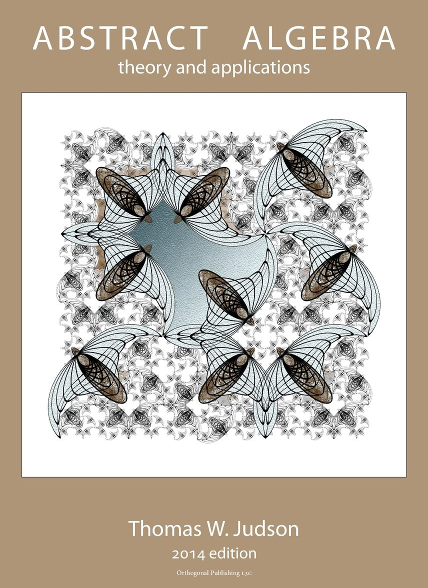Warm-up
This is a meaningless subdivision of the exercises for the sake of testing output.
1.
Suppose that
\begin{align*}
A & = \{ x : x \in \mathbb N \text{ and } x \text{ is even} \},\\
B & = \{x : x \in \mathbb N \text{ and } x \text{ is prime}\},\\
C & = \{ x : x \in \mathbb N \text{ and } x \text{ is a multiple of 5}\}.
\end{align*}
Describe each of the following sets.
- \(\displaystyle A \cap B\)
- \(\displaystyle B \cap C\)
- \(\displaystyle A \cup B\)
- \(\displaystyle A \cap (B \cup C)\)
2.
If \(A = \{ a, b, c \}\text{,}\) \(B = \{ 1, 2, 3 \}\text{,}\) \(C = \{ x \}\text{,}\) and \(D = \emptyset\text{,}\) list all of the elements in each of the following sets.
- \(\displaystyle A \times B\)
- \(\displaystyle B \times A\)
- \(\displaystyle A \times B \times C\)
- \(\displaystyle A \times D\)
Hint.
(a) \(A \times B = \{ (a,1), (a,2), (a,3), (b,1), (b,2), (b,3), (c,1), (c,2), (c,3) \}\text{;}\) (d) \(A \times D = \emptyset\text{.}\)
3.
Find an example of two nonempty sets \(A\) and \(B\) for which \(A \times B = B \times A\) is true.
4.
Prove \(A \cup \emptyset = A\) and \(A \cap \emptyset = \emptyset\text{.}\)
5.
Prove \(A \cup B = B \cup A\) and \(A \cap B = B \cap A\text{.}\)
6.
Prove \(A \cup (B \cap C) = (A \cup B) \cap (A \cup C)\text{.}\)
Hint.
If \(x \in A \cup (B \cap C)\text{,}\) then either \(x \in A\) or \(x \in B \cap C\text{.}\) Thus, \(x \in A \cup B\) and \(A \cup C\text{.}\) Hence, \(x \in (A \cup B) \cap (A \cup C)\text{.}\) Therefore, \(A \cup (B \cap C) \subset (A \cup B) \cap (A \cup C)\text{.}\) Conversely, if \(x \in (A \cup B) \cap (A \cup C)\text{,}\) then \(x \in A \cup B\) and \(A \cup C\text{.}\) Thus, \(x \in A\) or \(x\) is in both \(B\) and \(C\text{.}\) So \(x \in A \cup (B \cap C)\) and therefore \((A \cup B) \cap (A \cup C) \subset A \cup (B \cap C)\text{.}\) Hence, \(A \cup (B \cap C) = (A \cup B) \cap (A \cup C)\text{.}\)
7.
Prove \(A \cap (B \cup C) = (A \cap B) \cup (A \cap C)\text{.}\)
8.
Prove \(A \subset B\) if and only if \(A \cap B = A\text{.}\)
9.
Prove \((A \cap B)' = A' \cup B'\text{.}\)
10.
Prove \(A \cup B = (A \cap B) \cup (A \setminus B) \cup (B \setminus A)\text{.}\)
Hint.
\((A \cap B) \cup (A \setminus B) \cup (B \setminus A) = (A \cap B) \cup (A \cap B') \cup (B \cap A') = [A \cap (B \cup B')] \cup (B \cap A') = A \cup (B \cap A') = (A \cup B) \cap (A \cup A') = A \cup B\text{.}\)
11.
Prove \((A \cup B) \times C = (A \times C ) \cup (B \times C)\text{.}\)
12.
Prove \((A \cap B) \setminus B = \emptyset\text{.}\)
13.
Prove \((A \cup B) \setminus B = A \setminus B\text{.}\)
14.
Prove \(A \setminus (B \cup C) = (A \setminus B) \cap (A \setminus C)\text{.}\)
Hint.
\(A \setminus (B \cup C) = A \cap (B \cup C)' = (A \cap A) \cap (B' \cap C') = (A \cap B') \cap (A \cap C') = (A \setminus B) \cap (A \setminus C)\text{.}\)

